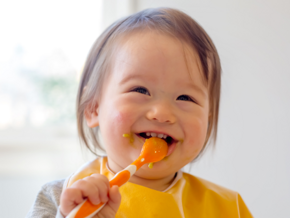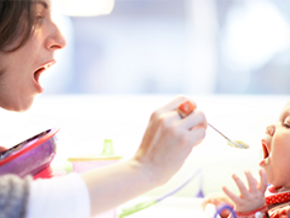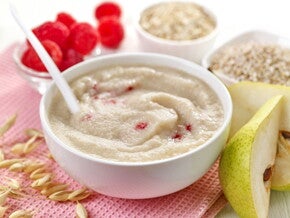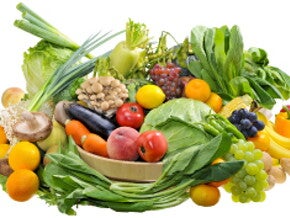
Taking care of your child’s nutritional needs can be challenging enough without the concern to address iron deficiency anaemia. Nutritional deficiencies can affect your child’s growth and development. Everything your child eats plays a key role in their growth, as well as their brain and body development1. That’s why it’s important to support your child’s daily iron intake.
While the reasons behind the deficiency can be varied, there are some good rules of thumb for managing your child’s iron intake. One thing to remember is that, because they have such small tummies, they need every calorie they eat to pack a nutritional punch. A child’s iron needs (per body weight) are 5 ½ times those of adults2,3!
One important rule of thumb when planning your child’s meals is to keep their foods iron-dense. Red meat is one of the highest sources of bioavailable iron around, meaning that the body absorbs the iron found in red meat well2,4,5.
Foods fortified with iron go a long way towards helping reduce the risk of iron deficiency and iron deficiency anemia. Iron-fortified foods, like CERELAC, contains vitamins and minerals, are an easy, tasty way to bridge the nutrition gap, supplying a whopping 50% of your child’s daily iron5 in every bowl. It’s a great way to help provide the key nutrients and energy a child needs to support healthy growth and development1 in a serving small enough for his or her tiny stomach. Dark green leafy vegetables are good too, with 14% of baby’s daily iron catered to with each serving (100g)2,4. Just remember to plan your child’s baby food with sufficient iron-rich foods.
As you can see, there are lots of things you can do to help ensure your child’s daily iron intake needs are met. Be sure your child is getting all the iron he or she needs daily for good health both now and well into the future.
References
1. EFSA, 2013, Scientific Opinion on the substantiation of a health claim related to iron and contribution to normal cognitive development pursuant to Article 14 of Regulation (EC) No 1924/20061. Official Journal of the European Union, 11171, p. 3335.
2. WHO/FAO Vitamin and Mineral Requirements in Human Nutrition. Report of a Joint FAO/WHO Expert Consultation. Second edition. WHO/FAO. 2004.
3. Fats and fatty acids in human nutrition. Report of an expert consultation. Food
and Agriculture Organization of the United Nations, Rome, 2008. 4. Guidelines on Formulated Supplementary Foods for Older Infants and Young Children (CAS/GL08-1991) (update in process in 2013), in the absence of references values in the related standard for processed cereal based foods for infants and children (STAN74-1981).
5. Malaysia RNI 2005, daily iron intake for children aged 6 to 11 months. One serving of NESTLÉ CERELAC (50g) contain 5mg/serving of iron.


























